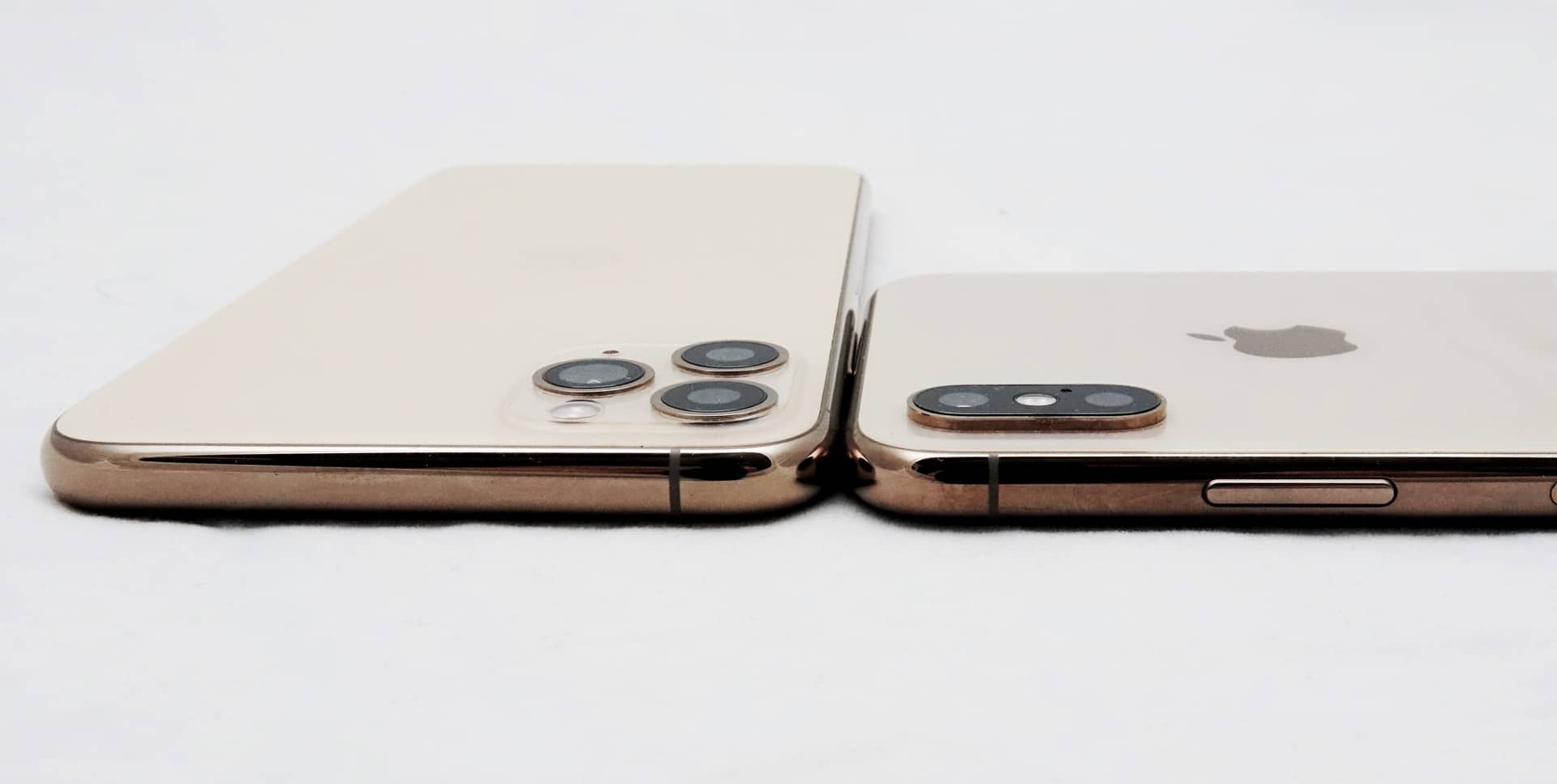Thinking of trading up to a new phone? You probably wouldn’t be alone, but while you can trade, selling may end up being better in the end.
It’s September, and that means something in the phone world: new iPhone season.
It happens nearly every year, and while last year saw October for the launch of the iPhone 12 range, this year Apple brought the line-up in September as we largely expected. It’s not as if 2020 wasn’t a special year, mind you. Thanks, coronavirus.
This year hasn’t been much better — no really, thanks, coronavirus — but Apple is ready with devices in the expected timeframe, coming in the iPhone 13 and 13 Mini, and the more premium iPhone 13 Pro and 13 Pro Max. Perhaps understandably, that means many people are probably glancing down at their phone and thinking how much they might be worth and if an upgrade is on the cards.
That thought is one telcos are having, too, offering trade-in prices that allow you to get some credit on your mobile as you make the jump from one to the other, but it’s also having some price fluctuations you mightn’t be altogether happy with.
Last week, Telstra chimed in to note that its trade-in process could see you net as much as $950 for last year’s iPhone 12 Pro, shaving some cash off the cost of a likely replacement, the iPhone 13 Pro.
But not every price was altogether friendly, with last year’s Galaxy Fold 2 netting a rather depressing maximum of $475, hardly making the over $2999 phone worth much at the end, at least according to Telstra’s trade in process.
On the other side, eBay has chimed in to note that its marketplace may well be the place to trade up by selling, offering a phone analysis tool to give you an idea of how much your current or “old” mobile is worth, so you can make the jump to something newer with a little more money left.
There are some notable differences, with the iPhone 11 Pro Max getting as much as $919 for a 256GB model, a good $200 higher than the $700 maximum Telstra’s trade-in system suggested, while the Galaxy Z Fold 2 can hit as high as $1316, much higher than the maximum of $475 Telstra touts.
“Most of us have at least one handset gathering dust at home,” said Brooke Eichhorn, Head of Luxury and Consumer Selling at eBay Australia.
“Our data reveals Aussies could make hundreds of dollars selling their pre-loved phone – a significant amount to either put towards one of the latest phones or set aside ahead of the expensive Christmas period.”
The data goes both ways, because it potentially means a less expensive cost on a slightly older phone if you’re in the market for one of those. While the iPhone 11 Pro Max isn’t sold anymore — and is technically two years old — an older phone that has been treated well could end up being a better deal for some.
There are some catches, and there’s really no way of knowing how a phone has been treated once the screen has been repaired, so you might want to tread carefully in the used phone world, but it could potentially mean slightly older phones offer a bit of savings in places.
“While some people might want the latest Samsung phone, others might be after a second-hand or refurbished model for their kids. Some might even be looking to repair a broken phone,” said Eichhorn.
“Selling your pre-loved mobile or buying a refurbished phone are both sustainable ways to give something new life and keep handsets out of landfill.”
Of course, there’s always the Mobile Muster program as a way of keeping phones out of landfill, while trading iPhones at Apple typically sees the hardware recycled with Apple’s own recycling robots, as there are plenty of ways to be environmentally sound when choosing to upgrade. Apple also offers its own trade-in program, though depending on if you’ve had your phone repaired outside of Apple, it might be worth waiting until you can wander in.
When it comes to getting the most out of your dollar, however, it’s a good idea to research and work out what will be better for your wallet, whether it’s checking in with eBay’s phone tool, Apple’s trade-in process, or a telco trade-in check. It’s your money, after all.







